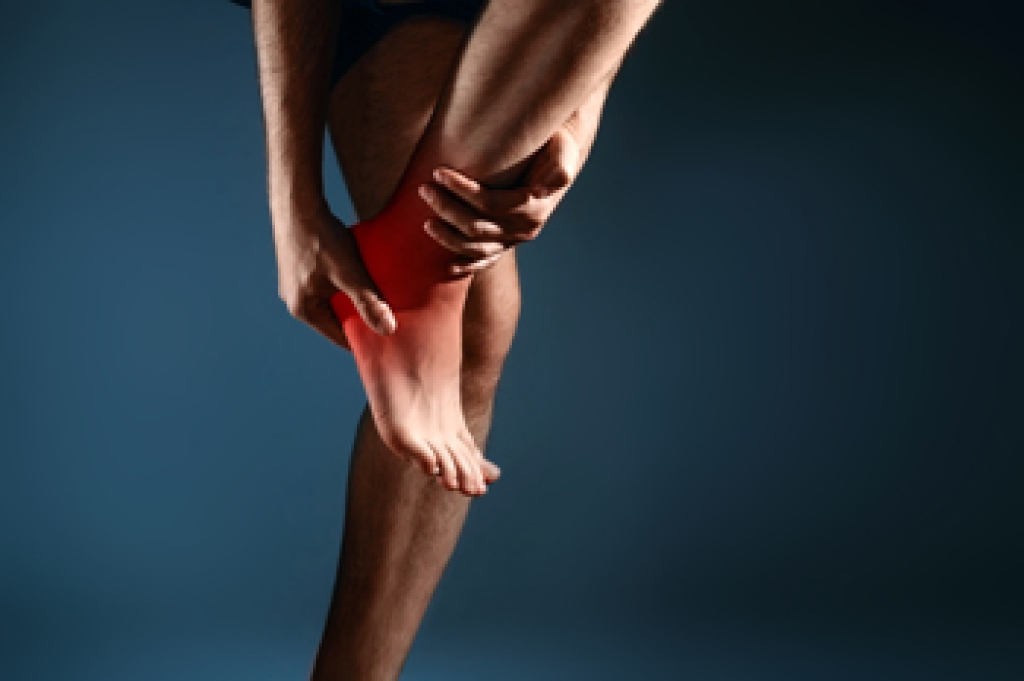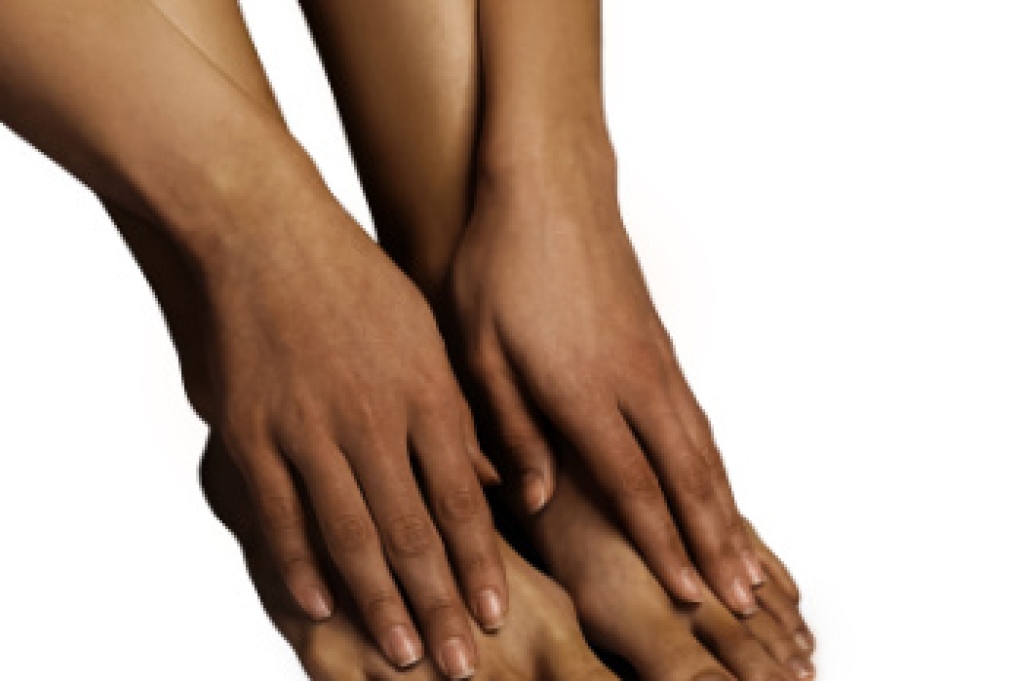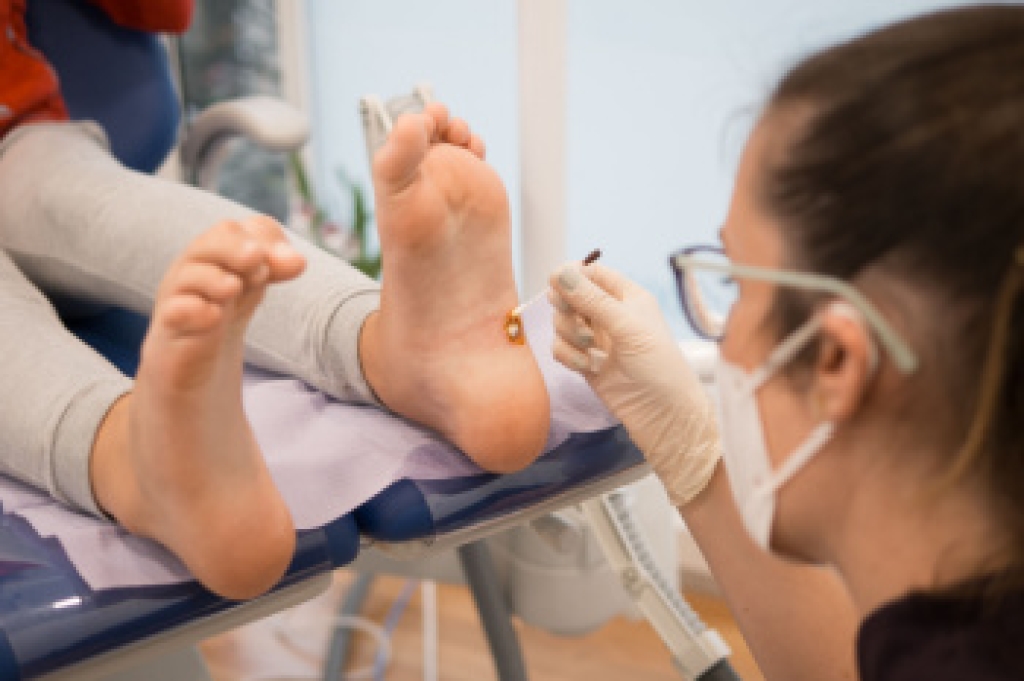 The ankle joint is defined as a hinge between the foot and the leg. There are bands of tissues that are referred to as ligaments, and these can tear as a result of a sprained ankle. This can happen as the ankle twists from falling, or while suddenly stepping off a curb. Common symptoms of an ankle sprain include severe pain, swelling, and difficulty walking. If you have sprained your ankle, mild relief may be felt when the foot is elevated, and it is advised to refrain from putting any weight on the affected ankle. If you have injured your ankle, it is strongly suggested that you speak to a podiatrist as quickly as possible who can help you to manage and treat this condition.
The ankle joint is defined as a hinge between the foot and the leg. There are bands of tissues that are referred to as ligaments, and these can tear as a result of a sprained ankle. This can happen as the ankle twists from falling, or while suddenly stepping off a curb. Common symptoms of an ankle sprain include severe pain, swelling, and difficulty walking. If you have sprained your ankle, mild relief may be felt when the foot is elevated, and it is advised to refrain from putting any weight on the affected ankle. If you have injured your ankle, it is strongly suggested that you speak to a podiatrist as quickly as possible who can help you to manage and treat this condition.
Ankle pain can be caused by a number of problems and may be potentially serious. If you have ankle pain, consult with Jordan Baker, DPM from Best Foot Forward Surgical Podiatry. Our doctor will assess your condition and provide you with quality foot and ankle treatment.
Ankle pain is any condition that causes pain in the ankle. Due to the fact that the ankle consists of tendons, muscles, bones, and ligaments, ankle pain can come from a number of different conditions.
Causes
The most common causes of ankle pain include:
- Types of arthritis (rheumatoid, osteoarthritis, and gout)
- Ankle sprains
- Broken ankles
- Achilles tendonitis
- Achilles tendon rupture
- Stress fractures
- Bursitis
- Tarsal tunnel syndrome
- Plantar fasciitis
Symptoms
Symptoms of ankle injury vary based upon the condition. Pain may include general pain and discomfort, swelling, aching, redness, bruising, burning or stabbing sensations, and/or loss of sensation.
Diagnosis
Due to the wide variety of potential causes of ankle pain, podiatrists will utilize a number of different methods to properly diagnose ankle pain. This can include asking for personal and family medical histories and of any recent injuries. Further diagnosis may include sensation tests, a physical examination, and potentially x-rays or other imaging tests.
Treatment
Just as the range of causes varies widely, so do treatments. Some more common treatments are rest, ice packs, keeping pressure off the foot, orthotics and braces, medication for inflammation and pain, and surgery.
If you have any questions please feel free to contact our office located in Florence, SC . We offer the newest diagnostic tools and technology to treat your foot and ankle needs.




